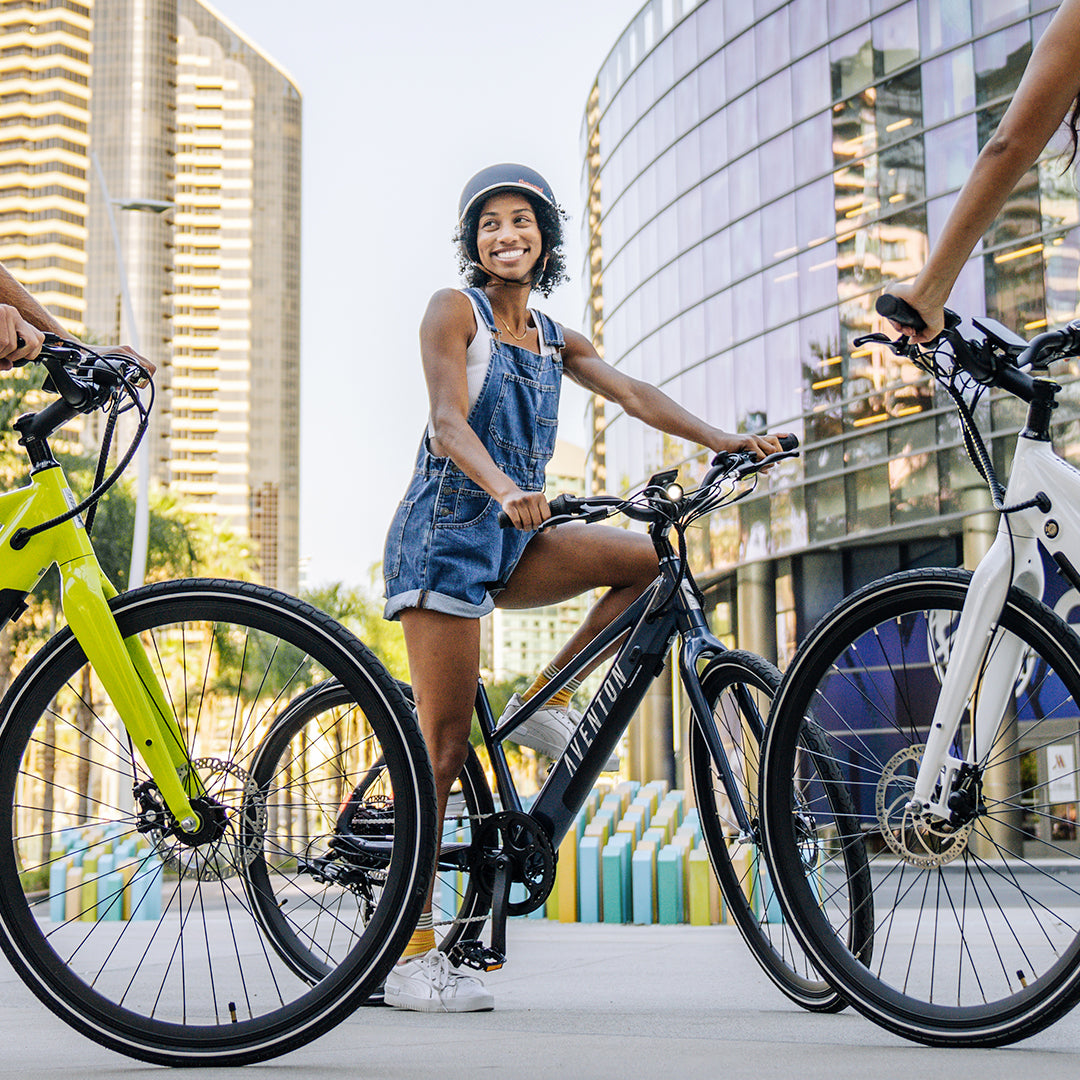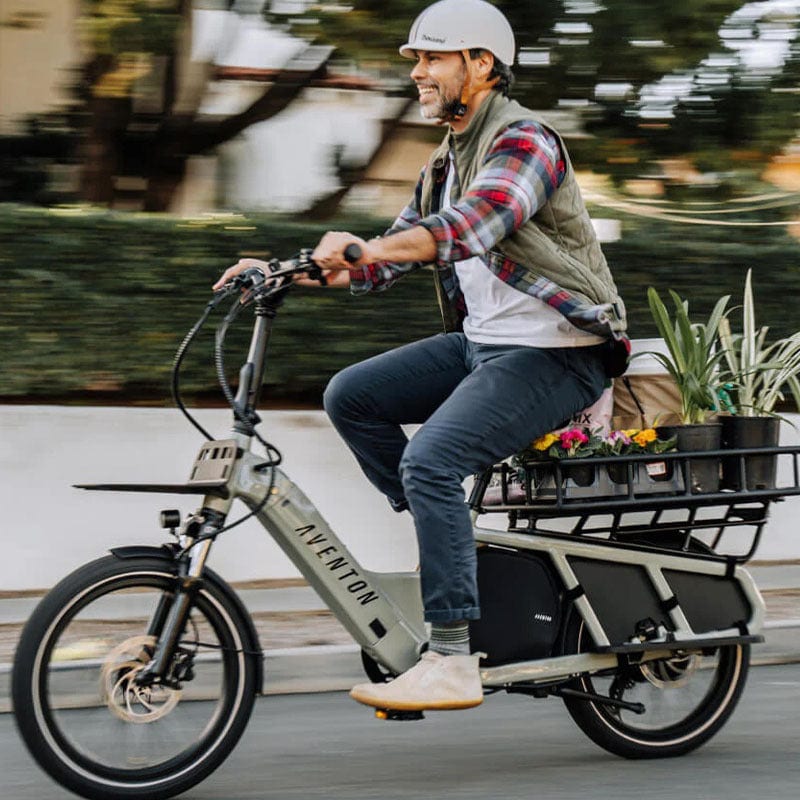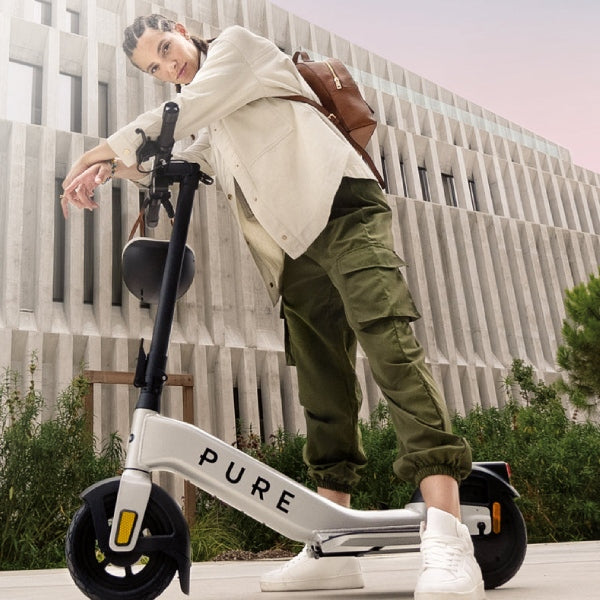
All The Ways You Can Save Money With an E-Scooter or an E-Bike
When you’ve said goodbye to traffic jams and inconvenient public transport, you can’t help but wonder how you ever managed commutes without your electric ride.
Indeed, the popularity of electric scooters and electric bikes is a testament to our endless pursuit of efficient ways to improve the quality of our lives.
The benefits of these rides are clear to anyone who embraces them. Using them contributes to a greener environment, operating without fossil fuels or emitting greenhouse gases. They are easy to manoeuvre within and around traffic, reducing travel time and making trips less stressful.
Electric scooters and bikes also offer an inclusive means to get around, offering an alternative to individuals who can’t drive or afford a car. Plus, these rides are highly enjoyable, liberating riders from mundane and boring commutes.
And it’s true—using these rides does result in considerable savings every year. In case you don’t know these yet, here are all the ways using an e-scooter or an e-bike can help you save money.
But before we begin, let me preface this article with an important caveat: we wrote this with high-quality, well-made electric scooters and bikes in mind.
We encourage you to consider rides that are not necessarily expensive but are manufactured by reputable brands serviceable in Australia. Otherwise, there is no way to guarantee that your ride will perform well enough to actually save you money in the long run.
With that out of the way, let’s start.
Fuel: $3,000
The prices of petrol and diesel are known to fluctuate beyond our control, but there’s something you can do to mitigate the impact: consider replacing your car with a ride that does not operate on fuel.
Currently, the price of petrol stands at around $1.81 per litre, while the average price of diesel is roughly the same at $1.95 per litre. These figures are even higher than last year’s already-high rates, and if there’s anything we learned from the news, it’s the highly volatile and unpredictable nature of petrol and diesel prices.
Australians are said to spend around $60 per week on fuel. If we continued using our cars to go to work, this would add up to approximately $240 to $300 per month—a substantial amount of money we could have spent somewhere else.
But because we ditched our gas-guzzlers for electric bikes and electric scooters, we have successfully eliminated this expenditure. The switch has allowed us to save at least $2,500 each year solely on fuel expenses.
And even if you don’t completely replace your car, using an electric scooter or bike to just cover the first or last mile of your daily commute will still result in significant cost savings.
Toll Fees: $3,000
For people who are not willing to endure traffic for 45 minutes or so, a common alternative is to pass through toll roads. One might argue that toll fees are reasonable and not excessive, but similar to petrol prices, they do accumulate over time.
According to the Australian Automobile Association, the average weekly toll cost in capital cities is now $68.59. Meanwhile, Melbourne’s CityLink network, the most expensive in the country, charges $11.39 for passenger vehicles. Take note that these are one-way fares, and many commuters would have to use these toll roads twice a day to get to work and to go back home.
Let’s get more specific about toll fees. These are average costs across Australia, but what about the Electric Kicks team? We asked around, and interestingly, they used to spend an average of $12 a day on toll fees alone. If your toll fees are similar, you could be saving around $3,000 annually by making the switch.
And by the way, the fun of discovering new routes that don’t involve going through toll roads? Priceless.
Food Delivery: $800
Owning an electric bike or an electric scooter offers a less apparent advantage: savings on food delivery expenses. A single transaction might not exactly put a dent in your monthly budget, but have you ever sat down to think about the cumulative costs of food deliveries?
We appreciate the convenience of having food delivered to the workplace—it’s a service we can’t do without, especially during peak hours when we’re occupied with meetings and addressing customer concerns.
But food delivery fees, service fees, and priority fees can add up to around $15 per order. And these are expenses we can easily do away with by simply picking up our food ourselves using our e-scooter or e-bike.
Assuming that we order meals at least once a week, this equates to around $800 per year of savings on delivery-associated fees.
Car Parking: $2,500
The convenience of parking right next to your workplace is a luxury that comes at a cost. If you own a car and have not considered the costs of parking, you should do so now because they, too, add up to a substantial amount over time.
Interestingly, Australia ranks first among the most expensive countries for parking, so it’s very crucial to be mindful of these expenses.
Before our founder, Chris, acquired his first electric scooter, he used to pay $10 per day for the luxury of parking right next to his workplace. It may not sound like much initially, but when you have to pay these fees daily, parking becomes a financial burden.
With his electric scooter, Chris had the option to use free parking spaces further away from his workplace and complete his commute using the e-scooter. By eliminating parking fees from the equation, he managed to save around $2,500 per year.
Fun fact: This realisation was one of the driving forces that led Chris to establish Electric Kicks in the first place.
Public Transport: $2,500
The costs of public transportation may not appear steep when viewed on a per-ride basis. But—and you might have started noticing a pattern here—they accumulate over time into a considerable expense.
In Melbourne, commuters are said to spend an average of $46 per week on public transport, with other capital cities ranking higher. This amounts to around $2,500 per year.
After switching to using an electric bike or an electric scooter as an alternative way to get to work, they enjoyed substantial annual savings on commuting costs.
This remained true even if they did not exclusively use e-bikes and e-scooters every day or just relied on them to cover the first and last miles of their commute. Despite going the multimodal route, they still enjoyed substantial savings on transportation expenses.
Uber: $1,440
If you don’t want to drive your own car but don’t want to deal with the hassles of mass transit either, you take an Uber. Or, at least, this was us pre-electric scooters and bikes.
The premise of booking an Uber sounds good in theory, but experience has shown us that transactions do not often go as smoothly as expected.
How many times have you attempted to book an Uber to reach an important appointment on time, only to discover no available drivers in the area? Or how often have you been left with no choice but to book during a surcharge period and pay higher fares?
We were in the same position before we discovered that an e-bike or an e-scooter offers a more efficient way to get around – minus the exorbitant fees.
On average, a 10-minute Uber ride can set you back $30. If that doesn’t sound ridiculous to you, just imagine that booking only one Uber per week would cost you around $1,440 per year.
Think of how much you could potentially save if you just rode your e-scooter or e-bike instead of booking an Uber.
Ride Electric and Save the World—and Your Wallet
A quick calculation shows us that simply using an electric scooter or an electric bike can result in remarkable savings of over $13,000 per year.
For many of us, this could mean extra room for a holiday or even a reduction in the mortgage. Depending on how you look at it, $13,000 in savings has the potential to be life-changing.
Think about it: our electric scooters and bikes only cost around $2,000 to $3,000 on average. No matter what you purchase, even if you end up choosing our costlier high-performance models, you can still pay it off during the first year alone—everything after that is savings.
We know it’s not realistic to expect electric bikes and scooters to completely take over other modes of transportation. They have their limitations, and it’s not practical to use them in unfavourable weather conditions or situations that require you to transport heavy cargo.
That said, even if you use a multimodal approach to commute, we can guarantee that you will still save a good amount of money, as if you can’t help it.
While we look forward to technological advances that can address the limitations of e-scooters and e-bikes, we prefer to embrace the benefits of these rides—most especially the significant cost savings—right now instead of twiddling our thumbs and waiting for change to happen.







